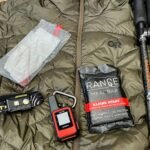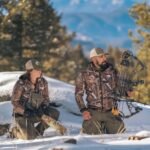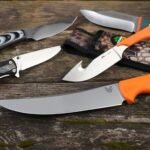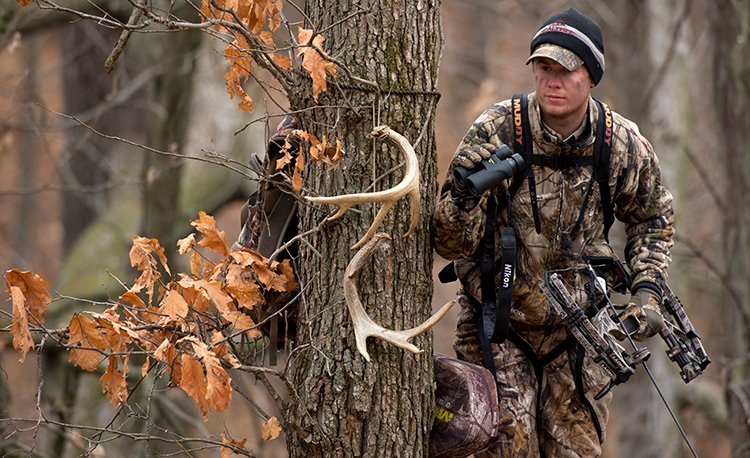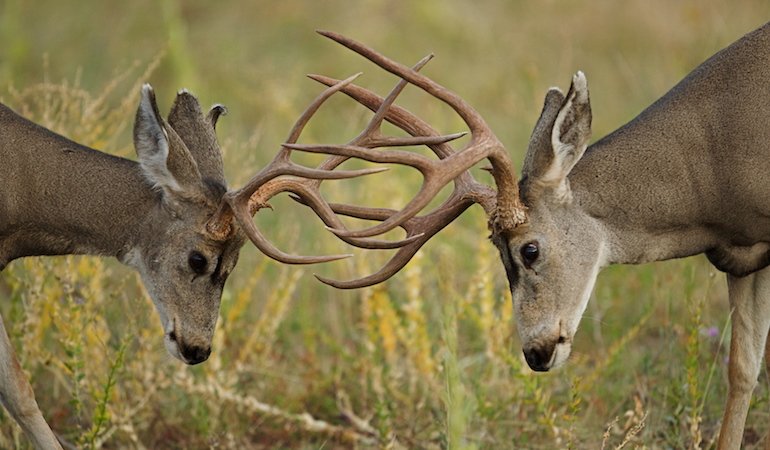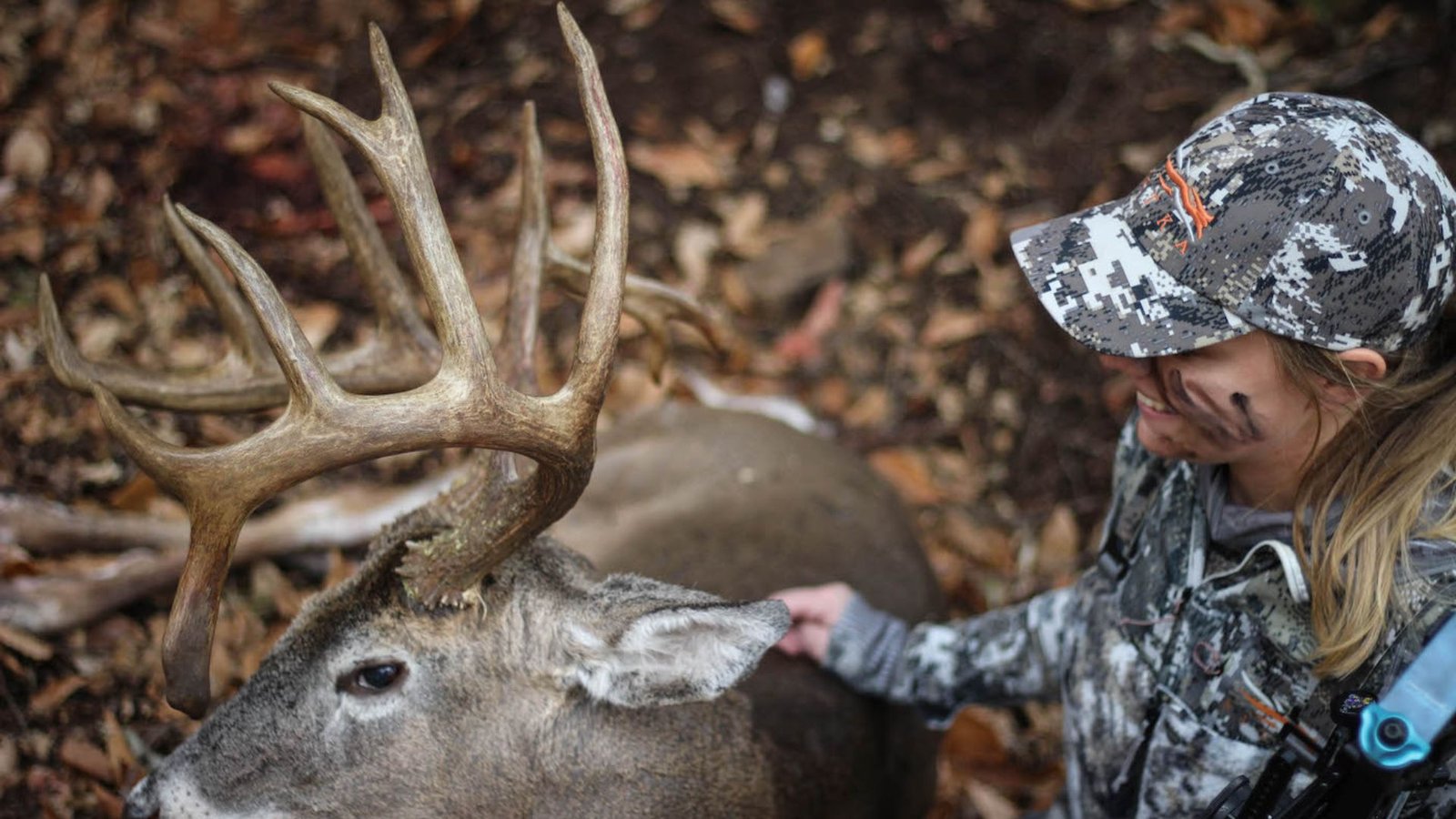Understanding deer behavior is crucial for any hunter who wants to increase their chances of success. Whether you’re an experienced hunter or just starting out, knowing how to understand deer behavior can give you the edge you need. In this article, we’ll explain how to observe and interpret deer behavior so you can make better decisions in the field.
Why Understanding Deer Behavior is Important
Understanding deer behavior is essential because it helps you predict where the deer are likely to go, what time they will be active, and how they will react to certain situations. Deer are creatures of habit, and by recognizing their behavior patterns, you can improve your chances of spotting them. Whether you’re after whitetail or mule deer, knowing how they behave in different conditions can be the key to a successful hunt.
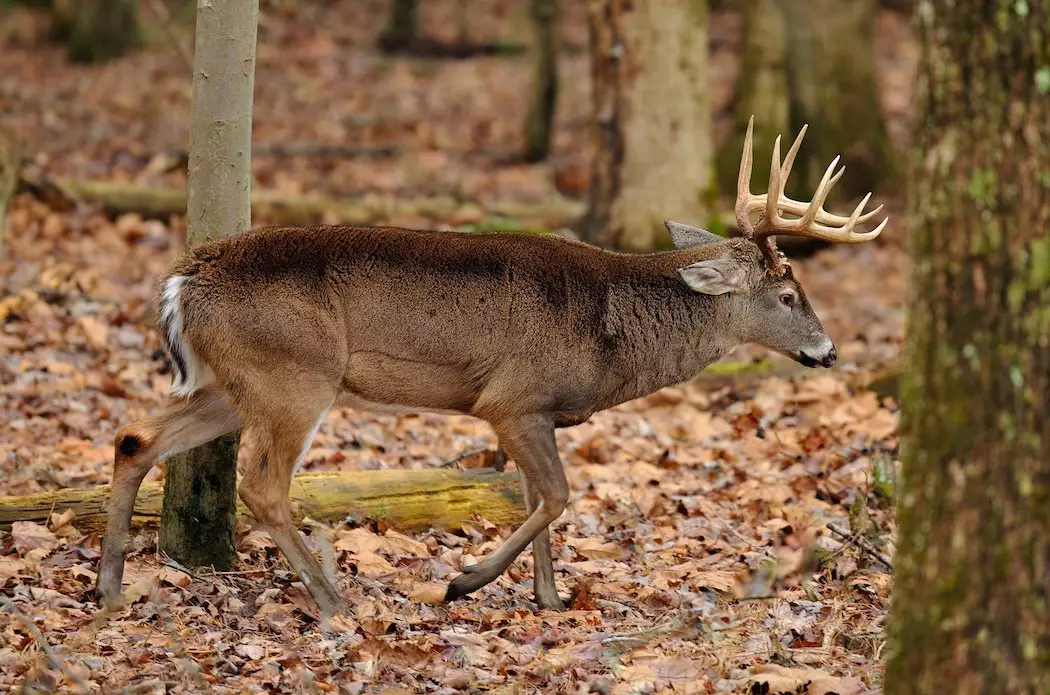
Deer Movement and Activity Patterns
One of the most important things to know when learning how to understand deer behavior is their movement patterns. Deer are crepuscular animals, meaning they are most active during the early morning and late evening hours. This is when they are feeding or traveling between bedding and feeding areas. By hunting during these times, you’ll increase your chances of encountering deer.
During the day, deer tend to rest in dense cover. They’re less likely to move around in the middle of the day unless disturbed or hungry. Understanding these patterns will help you know when to be patient and when to stay alert.
Deer Tracks and Signs of Activity
Another way to understand deer behavior is by looking for signs of activity. Deer tracks, droppings, and rubs on trees all tell a story about their movements and habits. When you’re scouting an area, look for fresh tracks and signs that deer have been feeding. A deer’s tracks can tell you which way they are heading, how recent their movement is, and if they are traveling in groups or alone.
Rubs and scrapes, common signs of deer activity, especially during the rut, also give you insight into their behavior. Bucks create rubs by scraping their antlers against trees, while scrapes are made when they scrape the ground with their hooves. These signs can help you determine where the deer are likely to travel.
Understanding the Deer Rut
The deer rut, or mating season, is another critical time to understand deer behavior. During this period, bucks become more active as they search for mates. They are more likely to make mistakes during the rut, becoming less cautious and more likely to move during daylight hours. Knowing when the rut occurs in your area allows you to plan your hunts more strategically, as bucks may be more predictable in their movements.
The rut also impacts deer behavior in terms of territoriality. Bucks will mark their territory with scent, and does may be more spread out, as they seek out suitable mates. Pay attention to the changes in deer behavior during this time, as bucks will often take risks to chase down a doe.
Using Wind to Your Advantage
Wind direction plays a huge role in how deer behave, and it’s something hunters need to consider when trying to understand deer behavior. Deer have an excellent sense of smell, and they can easily detect human scent if it’s carried by the wind. Understanding how wind affects deer behavior can help you position yourself more effectively.
Always be mindful of the wind when setting up for a hunt. If the wind is in your favor, it can help conceal your scent, making it less likely for the deer to notice you. On the other hand, if the wind is working against you, deer are more likely to catch your scent and avoid the area.
How Deer React to Sounds and Movement
Deer are extremely sensitive to sounds and movement. They have keen hearing, and any unusual sound can cause them to freeze or flee. If you’re trying to understand deer behavior, be conscious of the noises you make. Try to move slowly and quietly, especially when approaching a deer’s feeding or bedding area.
Sudden movements, such as raising a rifle or making a loud noise, can alert deer and cause them to flee. However, if you’re still and patient, you may be able to observe their behavior at a closer range without alarming them.
Deer Feeding Habits
Deer are herbivores, and their feeding habits are influenced by the time of year and the availability of food. In the spring and summer, deer feed on tender plants, while in the fall, they focus on acorns, fruits, and other high-energy food sources to build fat reserves for the winter. Understanding these feeding habits can help you locate deer in areas where they are most likely to be feeding.
Deer are often seen grazing in fields or near water sources, so knowing where these resources are located will help you predict deer behavior and movement.
Deer Social Structure and Herd Behavior
Deer behavior is also influenced by their social structure. While bucks tend to be more solitary, does and fawns often form small herds. These herds provide protection and can help the deer stay alert to potential threats. Understanding this social behavior can be helpful when deciding where to hunt.
During the rut, bucks will often become more aggressive and less social, focusing solely on finding a mate. However, outside of the rut, deer are more likely to travel in groups, especially does and their fawns.
What Deer Do in Bad Weather
Deer behavior changes significantly in response to weather conditions. In harsh weather, such as heavy snow, rain, or extreme cold, deer will seek shelter in more sheltered areas. They’ll become less active and will focus on conserving energy.
However, on days with moderate temperatures or light weather, deer are more likely to be out feeding and traveling. Being able to predict how deer will act in different weather conditions will help you plan your hunt.
Conclusion
Learning how to understand deer behavior is essential for becoming a more successful hunter. By observing their movement patterns, understanding their feeding habits, and learning to read the signs of activity, you’ll be better prepared for your next hunt. Remember to be patient and respect the animals’ natural behavior. With time and experience, you’ll develop a deeper understanding of deer behavior, and that will translate into more successful hunting trips.



